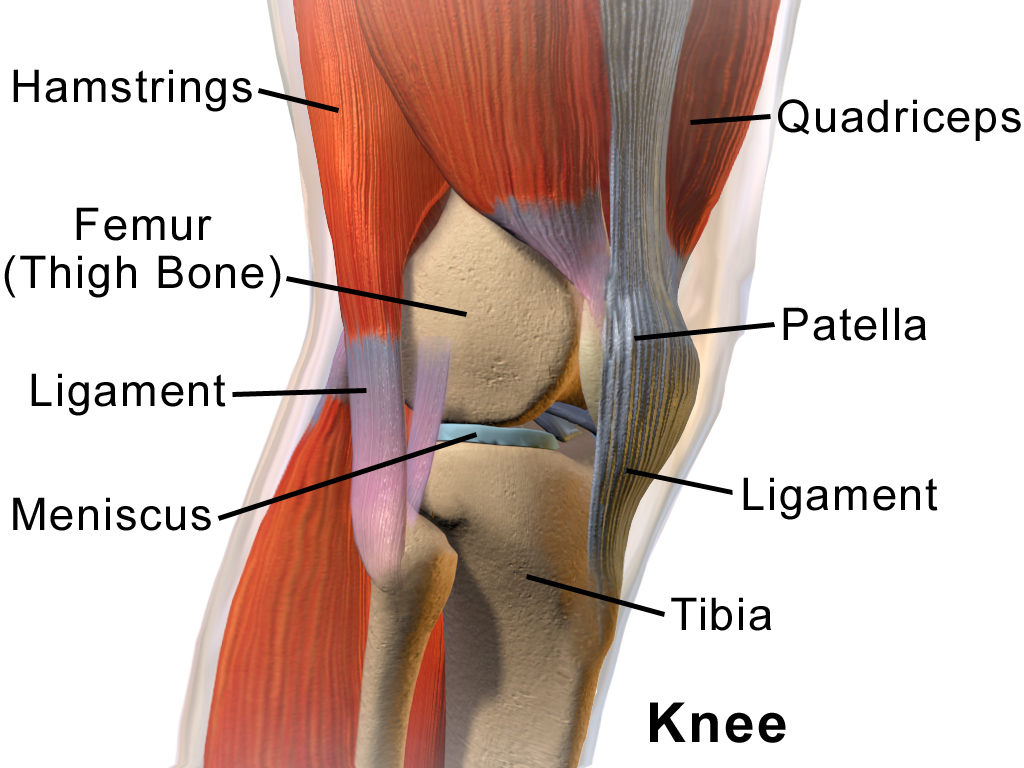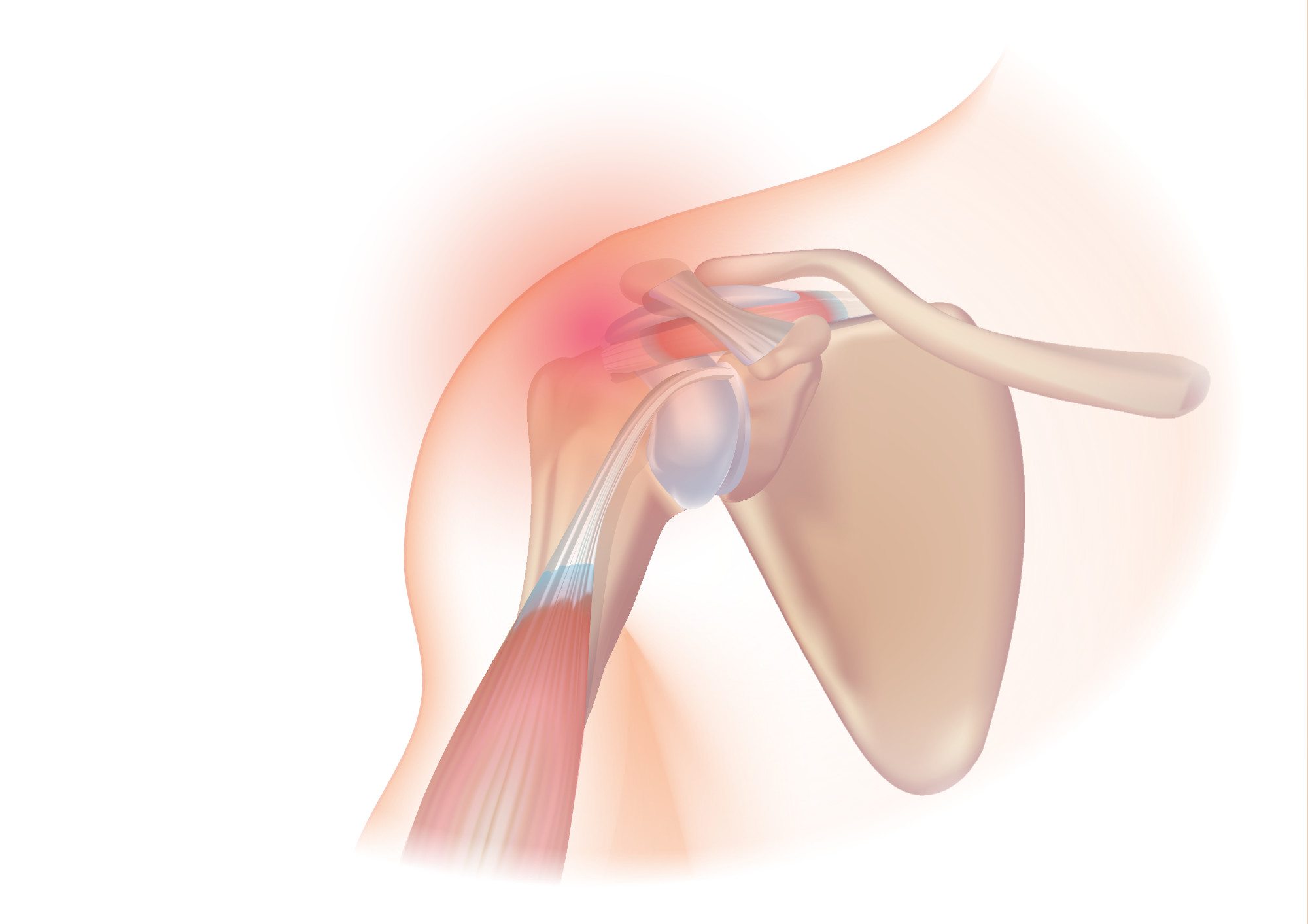Effectiveness of core stabilization exercises and routine exercise therapy in management of pain in chronic non-specific low back pain: A randomized controlled clinical trial: Critical appraisal
Posted on 7th December 2018 by Adam Skinner

This blog is a critical appraisal of the following randomized controlled trial: Effectiveness of core stabilization exercises and routine exercise therapy in management of pain in chronic non-specific low back pain
Background
Non-specific low back pain (NSLBP) is described as that which has no specific known cause, with ‘chronic’ referring to persistent pain lasting a minimum of 12 weeks (Airaksinen et al. 2006). NSLBP has an extreme worldwide prevalence, and is the leading cause of missed work days worldwide (with the UK racking up 100 million per year), due to any disease/injury (WHO 2013). Although exercise therapy is the first call treatment method (as per European guidelines), there lacks a consensus on the most effective form of exercise due to the lack of evidence. However, there are numerous studies being carried out aiming towards such answers.
The study
This was a single-blinded randomised control trial (RCT) comprising of 120 participants following rigorous screening to rule out any conclusive reasoning for the pain. 12 participants dropped out for various reasons and this is well documented within a flow sheet. This left 108 participants in the study, with all undergoing a lumbar spinal examination before treatment commenced. The purpose of this study was to determine whether core strengthening exercises, as explained by Kisner, had any better outcome in the management for NSLBP, compared to routine exercise therapy. This was carried out in the form of a RCT, with routine exercise set as the control, and all patients receiving a baseline treatment of Transcutaneous electrical nerve stimulation (TENS) and ultrasound, as well as a home exercise routine.
The initial participants were randomly allocated to the control or core exercise group via computer randomisation, and blinded from their treatment method. With pain being the focus of the study, this was measured using the visual analog scale (VAS), with scores being recorded at the end of the 2nd, 4th and 6th week and compared with the baseline measurement taken before treatment commenced.
Results
The results reported from this study showed that the use of both exercise methods proved to be effective in the management of lower back pain statistically, with p = 0.01 in both groups respectively. However, there was a much greater clinical significance in pain reduction from the core stabilisation group (mean VAS reduction > 3cm (Lee et al. 2003)), proving that this was the most effective treatment approach for NSLBP.
Strengths and weaknesses of the study
In order to interpret this information more accurately, the CASP RCT tool was used as a guide to develop a systematic approach. At first glance this study presents a clearly focused issue as it covers all aspects in terms of intervention and comparators given, considered outcomes, and the population at hand.
However, researchers designed this trial following a pilot study which used a formula outlined by Sakpal in 2010. This provided a minimum requirement of subjects (100) which researchers were able to recruit, allowing them to complete the study with above minimum requirements following 12 drop outs. Although adequate numbers were used, this cohort does not provide any clinical significance as this study only includes members of the Pakistani population (within Lahore). In order for this to have any significance clinically, this would need to include a more heterogeneous population as height, body weight and structure vary considerably across various cultures.
All participants were accounted for via a flow chart, with tables displaying the groups equality in terms of height, weight, BMI and age, however, they failed to highlight the male : female ratio. It is well known that there are physical differences between males and females, with women experiencing pain much more intensely (Stanford medicine 2012), and LBP much more frequently than men (Hoy et al. 2012). By using a single outcome measure based solely on individual’s feedback on pain, this could have an indirect impact on the outcome should one group have a greater female population. And, although VAS is a well renowned and reliable assessment tool (Hawker et al. 2011), secondary outcome measures could be used to provide more clinically relevant results, as pain has a major impact on functional ability and quality of life (Dueñas et al. 2016).
In order to reduce bias and increase internal validity, patients were blinded to the treatment they received following random allocation via the use of a computer generated random numbers table. However, in this case, both groups were treated by the same therapist (most likely due to the number of researchers involved), combined with the nil blinding of the assessors/analysts means there is a much greater potential for rater bias (Karnicolas 2010).
Although all received baseline treatment, there is no follow-up or record of compliance with home programmes (which are undisclosed), which may have impacted results. With statistical significance shown across the board, the clinically significant reduction in pain within the core exercise group could simply be due to greater compliance with home programmes.
Conclusion
Results of the original study show that the use core stabilisation exercises in pain management for NSLBP is more effective than routine exercise methods. However, limitations described show there is a need for further research to include more heterogeneous population groups, an increase in blinding within the trials, and methods to ensure consistency in compliance throughout the patient groups involved in order to increase the validity and clinical impact of the research.



